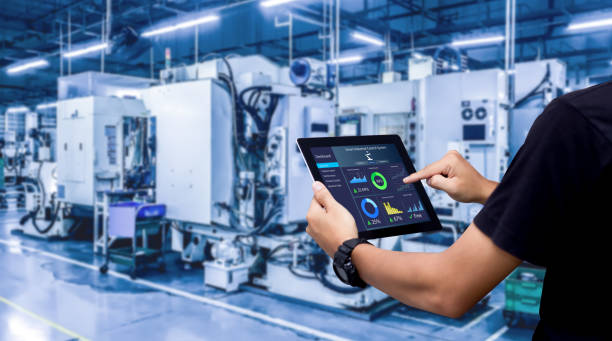Designing scalable dashboards for continuous load visibility
A well-designed dashboard makes continuous load visibility actionable for operators and managers. This article outlines practical design patterns, data strategies, and architectural considerations that support real-time monitoring, analytics, and long-term optimization across distributed energy assets.

Continuous visibility into electrical load is essential for stable operations, efficient resource allocation, and measurable progress toward emissions goals. Scalable dashboards combine clear visualization, robust telemetry, and adaptive analytics so teams can detect anomalies, manage demand, and align consumption with renewable availability. This article breaks down practical design choices, data pipelines, and interaction patterns that keep dashboards informative as systems grow from a single site to regional or grid-scale deployments.
How can telemetry improve continuous monitoring?
Telemetry is the backbone of continuous load visibility: high-frequency meter reads, device health signals, and environmental context feed dashboards that show current load and short-term trends. Design for flexible ingestion—supporting MQTT, OPC-UA, REST, and batch uploads—so new devices integrate without redesign. Prioritize data integrity with timestamp alignment, quality flags, and automated reconciliation to prevent misleading spikes. Architect retention layers that separate high-resolution recent data from aggregated historical summaries to balance detail with storage costs.
What role does power and grid integration play?
Dashboards must present power metrics in context: active/reactive power, voltage, frequency, and site-to-grid exchanges. Integrate grid signals such as demand response events, tariff windows, and congestion indicators to surface operational constraints. Visuals should correlate local consumption with upstream grid conditions so operators can see when curtailment or load shifting is required. Using standardized units and normalized baselines across sites prevents confusion when comparing heterogeneous assets.
How to use analytics and forecasting for optimization?
Embedding analytics and short-term forecasting helps dashboards move from passive display to decision support. Use time-series models and machine learning to predict load, detect seasonality, and flag outliers. Present forecasts alongside confidence intervals and recent residuals so users understand uncertainty. Analytics can power suggestions—such as load-shifting windows or storage dispatch times—while preserving human oversight. Keep compute modular: run real-time analytics close to ingestion, and schedule heavier batch models for off-peak processing.
How to design for efficiency and reduced consumption?
Design interfaces that highlight efficiency opportunities: normalized consumption per square meter or per production unit, trendlines of energy intensity, and comparison views across similar facilities. Provide drill-downs from aggregate site load to circuit- or equipment-level consumption so teams can isolate inefficiencies. Use color and simple thresholds to indicate targets and deviations, but avoid alarm fatigue by tuning alerts to material deviations. Combine operational KPIs with carbon and cost indicators to align efficiency actions with broader sustainability goals.
How to integrate renewables and carbon tracking?
Dashboards should combine generation telemetry from solar, wind, or storage with consumption streams to show net load and renewable penetration in real time. Visualize energy flows—charging, discharging, export, and import—so operators can optimize storage usage and curtailment. Include carbon intensity overlays or regional grid emissions factors to estimate marginal emissions across time, enabling decisions that reduce carbon footprint. Ensure traceability by storing source metadata so users can audit generation and attribution for reporting.
How to implement automation for scalable dashboards?
Automation reduces manual overhead as deployments scale: automated onboarding scripts, templated dashboard widgets, and policy-driven alerts enable consistency across sites. Use infrastructure-as-code to deploy visualization templates, data schemas, and access controls. Implement role-based views so operators, analysts, and executives see tailored levels of detail. Monitor dashboard performance—query latencies and rendering times—and use caching or pre-aggregated tiles for frequently accessed panels to maintain responsiveness under heavy load.
Conclusion
Designing scalable dashboards for continuous load visibility combines careful data architecture, contextual power and grid integration, and analytics that support operational decisions. Prioritizing flexible telemetry ingestion, clear visual metaphors, and automation ensures dashboards remain actionable as coverage grows. By aligning load monitoring with efficiency metrics, forecasting, and carbon tracking, organizations can maintain situational awareness while pursuing optimization and sustainability outcomes.





